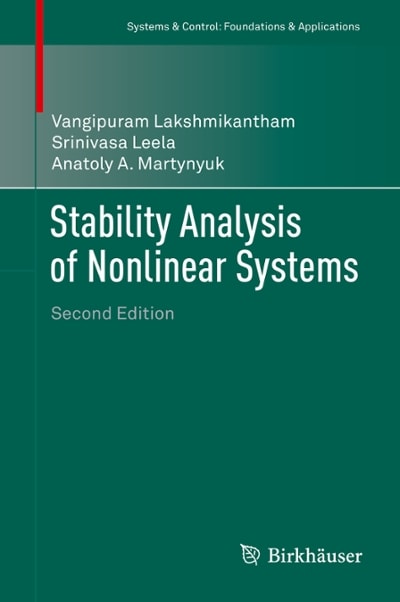Question
Deoxyribonucleic acid (DNA)is a biological moleculethat contains the blueprint for the architecture of lifeand uses four different bases(A-adenine,G-guanine,C-cytosine, and T-thymine)to encode this information. Each nucleotide
Deoxyribonucleic acid (DNA)is a biological moleculethat contains the blueprint for the architecture of lifeand uses four different bases(A-adenine,G-guanine,C-cytosine, and T-thymine)to encode this information.
Each nucleotide that is used in building a DNA molecule contains a single base (above), a deoxyribose sugar, and a phosphate group.
Answer the following questions...
1. In cells,essentiallyan infinite number of each nucleotide exists for the synthesis of DNA.However, how many different sequences can a 25 nucleotide (bases) long strand of DNA possess? [HINT: This is an enumeration question.Since there is an infinite number of nucleotides, assume sequences are generated by selection without replacement.]
2. If each one of these four different nucleotides/bases(A, T, C, or G)were integrated into the growing chain at random, what would be theprobabilityof integrating an adenine(A)in the chain?
3. If each one of these nucleotides was integrated into the growing chain at random, what would be theprobabilityof randomly synthesizing the chain A-T-G-C-A-T-G-C?
4. In the laboratory preparation of oligonucleotides(small piecesof nucleic acid), there are limited numbers of nucleotide bases present.If, in solution, there were 15 of each of the four bases(A, T, C, or G)present, how many different sequences could a 46 nucleotide long strand contain?[HINT: this is a selection without replacement problem, asking for permutations; it is an enumeration question.]
Step by Step Solution
There are 3 Steps involved in it
Step: 1

Get Instant Access to Expert-Tailored Solutions
See step-by-step solutions with expert insights and AI powered tools for academic success
Step: 2

Step: 3

Ace Your Homework with AI
Get the answers you need in no time with our AI-driven, step-by-step assistance
Get Started


